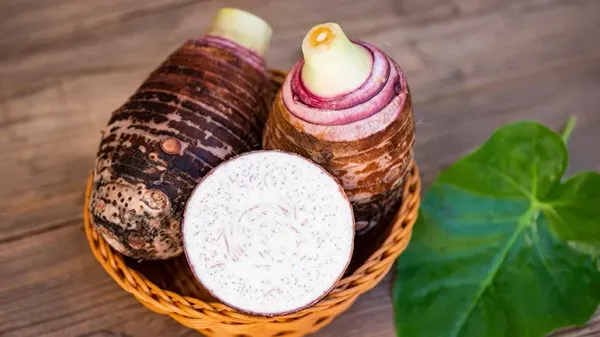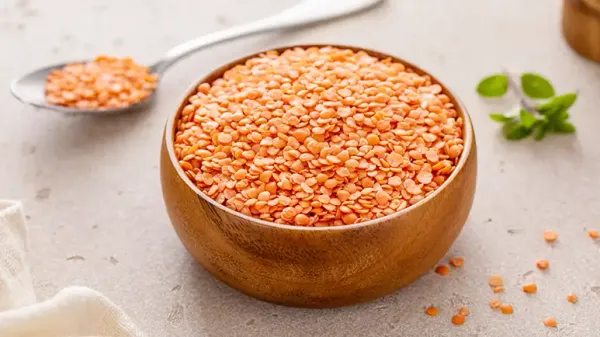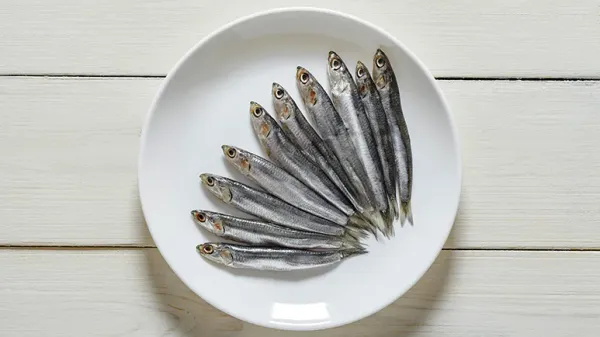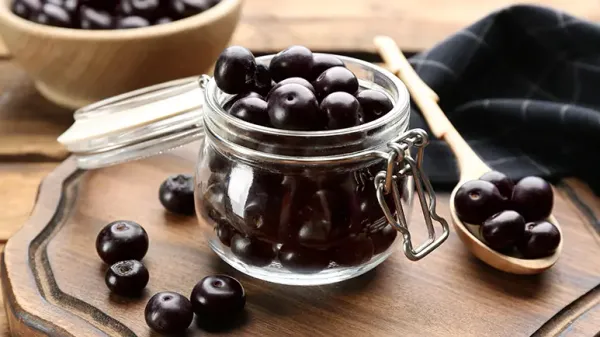
A Tropical Treat or a Tiny Trouble?
Popular in tropical places like Hawaii, this food can add an interesting texture to your pet's meals, but make sure you cook it properly. Because it's high in starch, only give it in small amounts. Here's how to share it with them.








